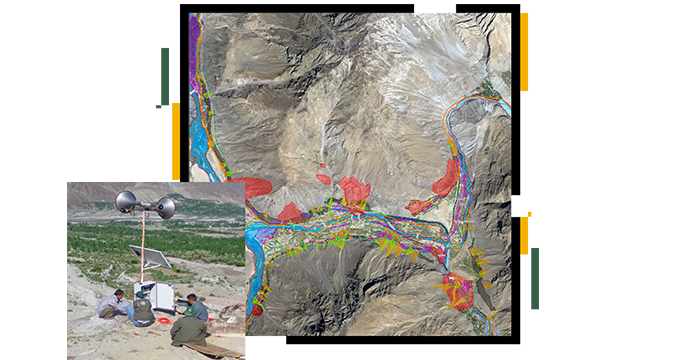GIS for hazard vulnerability analysis
Mobile or field data collection and drone imagery acquisition apps help identify hazards and their proximity to people and assets to evaluate risk. By applying spatial analysis through a geographic information system, teams can quantify and visualize the hazard probability, exposure, and vulnerability of a community.




